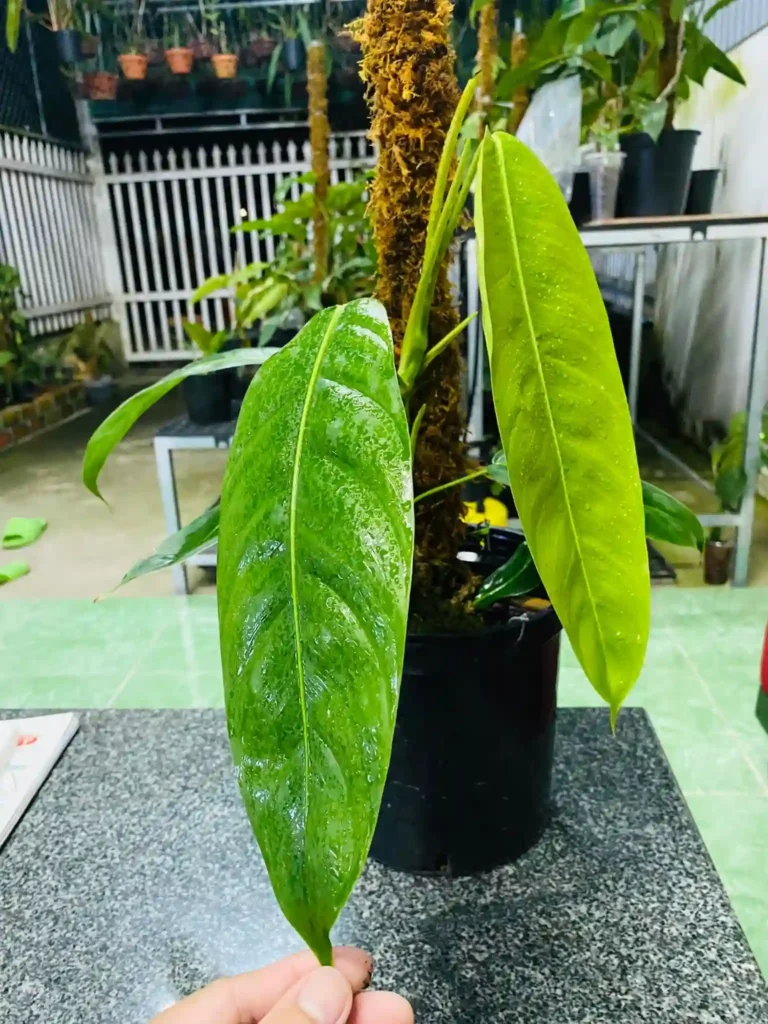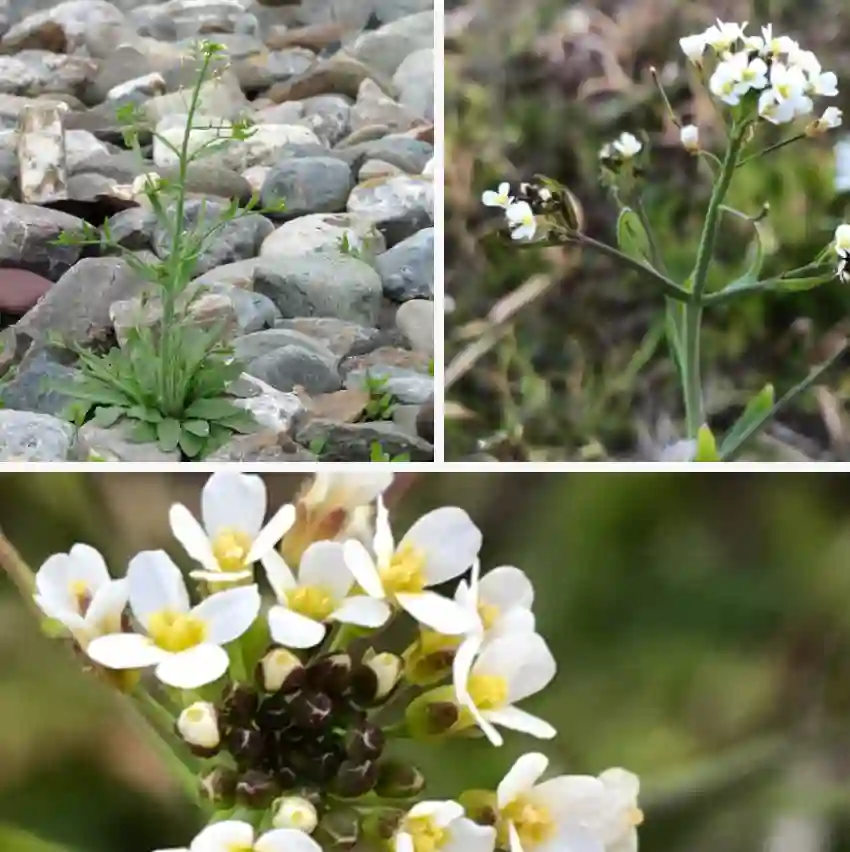Manroot: A Fascinating Genus
My fascination with the plant genus Marah began on a hiking trip in the California hills. I stumbled upon a peculiar vine with large, prickly fruits and expansive leaves. Intrigued, I delved into the world of these fascinating plants, commonly known as manroots or wild cucumbers.
Marah belongs to the gourd family, Cucurbitaceae, which also includes familiar plants like cucumbers, melons, and squash. However, unlike their edible relatives, manroots are known for their intensely bitter fruits and roots. This bitterness, which gives them their name (Marah translates to “bitter” in Hebrew), serves as a potent defense mechanism against herbivores.
Diverse Species in Marah
The genus Marah comprises several species, each with unique characteristics and adaptations. Here are:
- Marah fabacea (California manroot): This widespread species boasts large, palmately lobed leaves and impressive, fist-sized fruits covered in spines.
- Marah gilensis (Gila manroot): Found in Arizona and New Mexico, this species is characterized by its smaller fruits and more deeply lobed leaves.
- Marah guadalupensis (Island manroot): Endemic to Guadalupe Island off the coast of Baja California, this species has adapted to the island’s arid climate.
- Marah macrocarpa (Cucamonga manroot): With its large, spherical fruits and prominent veins on its leaves, this species is a striking sight in Southern California.
- Marah oregana (Coastal manroot): As its name suggests, this species is found along the Pacific coast and is recognizable by its slightly elongated fruits.
- Marah watsonii (Taw manroot): This rare species is restricted to a small area in Southern California and is distinguished by its pale yellow flowers.
- Marah horrida (Congdon) Dunn
- Marah micrantha Dunn
- Marah oregana (Torr. & A.Gray) Howell
Unique Adaptations of Manroots
Manroots have evolved several fascinating adaptations to thrive in their environments. One of the most notable is their large, tuberous roots. These roots serve as underground reservoirs, storing water and nutrients to help the plants survive through dry periods. The rapid growth of manroot vines is another remarkable adaptation. In a single season, these vines can climb and sprawl over substantial distances, allowing them to access sunlight and outcompete other plants.
The spiny fruits of manroots also play a crucial role in their survival. These spines deter animals from consuming the fruits, ensuring that the seeds inside have a chance to mature and disperse. Additionally, the fruits of some species have the ability to burst open, forcefully ejecting the seeds away from the parent plant.
Ecological Importance and Human Uses
Manroots play a vital role in their ecosystems. Their vines provide shelter and nesting sites for various animals, while their flowers attract pollinators like bees and butterflies. Despite their bitterness, the fruits and roots of manroots have been used for medicinal purposes by Native American tribes. They were traditionally used to treat ailments such as skin infections, rheumatism, and even snakebites.
Conservation Concerns
While some manroot species are relatively common, others face threats due to habitat loss, urbanization, and the introduction of invasive species. Conservation efforts are crucial to ensure the survival of these unique plants and maintain the biodiversity of their ecosystems.
My encounter with that first manroot sparked a lasting interest in these remarkable plants. Their resilience, adaptability, and ecological significance continue to amaze me. As I continue to learn more about them, I am reminded of the intricate beauty and complexity of the natural world.
If i die, water my plants!



